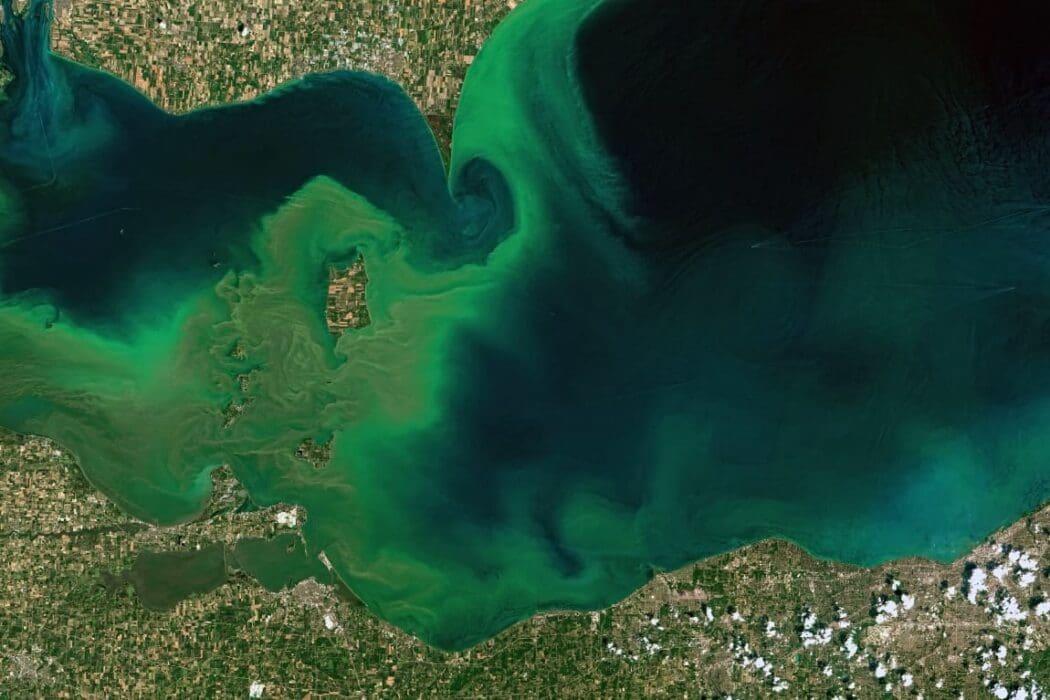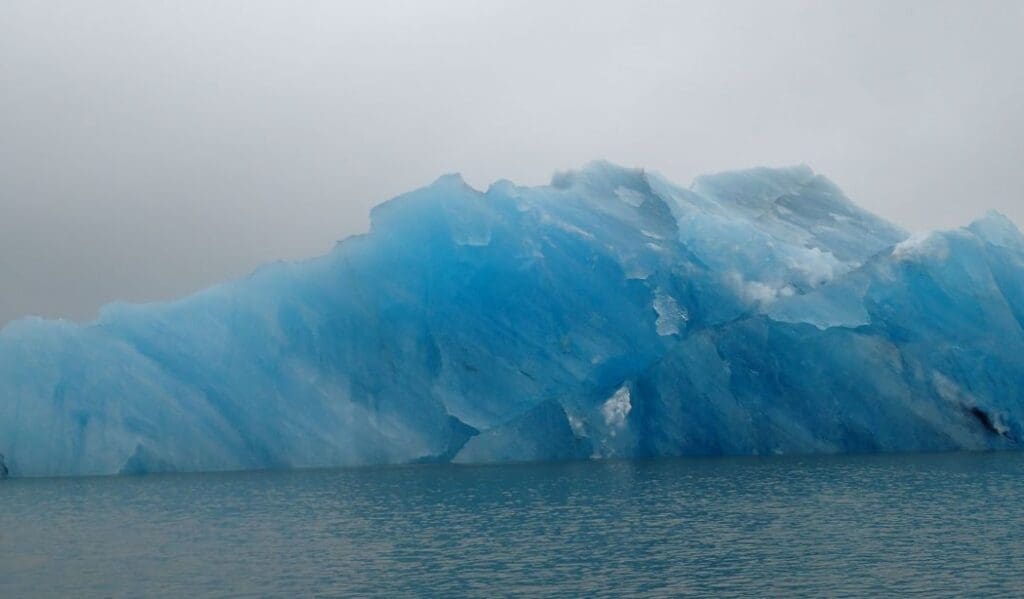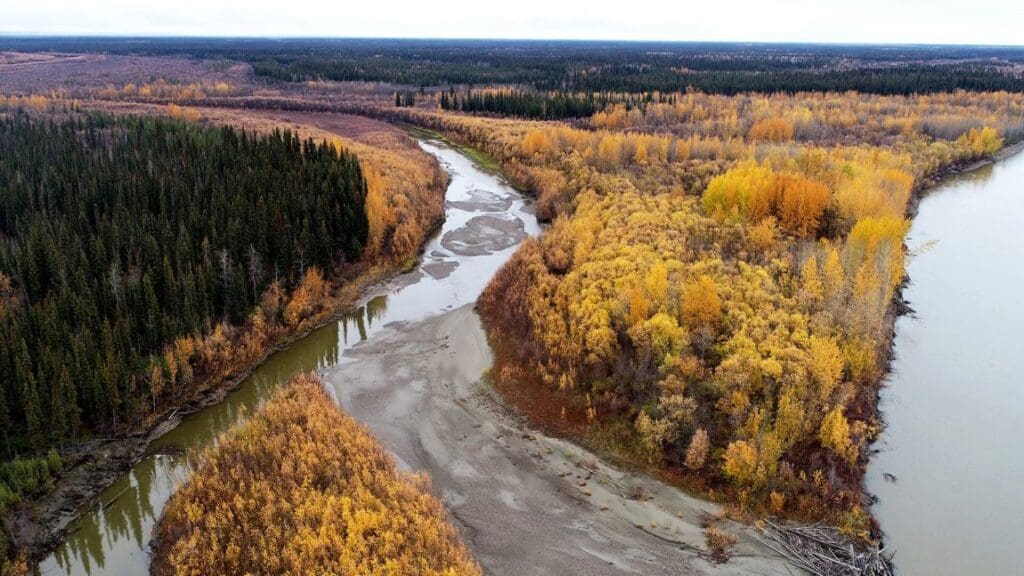Summary:
Toxic algae blooms are closing more lake beaches each summer, often attributed to climate change.
A new research from Michigan State University, published in Proceedings of the National Academy of Sciences, reveals a more intricate link between climate, human activities, and lake health. By analyzing 34 years of data from over 24,000 U.S. lakes, researchers found that climate change interacts with agricultural and urban runoff to influence algal biomass. While climate drove changes in about a third of the lakes studied, the effects were often abrupt and temporary rather than consistent.
This large-scale analysis, using machine learning and satellite imagery, highlights the importance of considering both climate factors and human-driven nutrient pollution when assessing water quality. The findings suggest that lakes with low to moderate human impact are more sensitive to climate shifts, whereas heavily polluted lakes show weaker climate-driven responses. Researchers emphasize that understanding these complex interactions is crucial for effective lake management and protection.
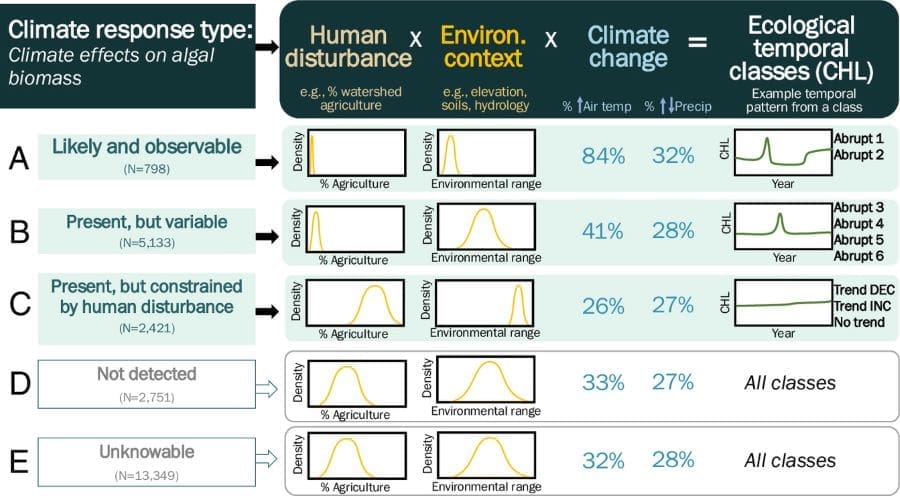
MSU researchers use open-access data to study climate change effects in 24,000 US lakes
Each summer, more and more lake beaches are forced to close due to toxic algae blooms. While climate change is often blamed, new research suggests a more complex story: climate interacts with human activities like agriculture and urban runoff, which funnel excess nutrients into the water. The study sheds light on why some lakes are more vulnerable than others and how climate and human impacts interact — offering clues to why the problem is getting worse.
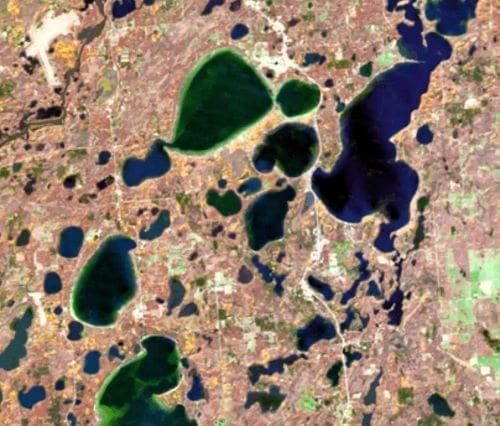
Michigan State University researchers discovered key climate-related patterns in algal biomass levels through time for freshwater lakes. They used novel methods to create and analyze long-term datasets for thousands of lakes from open-access government resources and from satellite remote sensing. This research provides crucial insights into how climate affects lake ecosystems.
The team studied chlorophyll levels, a measure of algal biomass, in lakes across the U.S. from the last 34 years. Climate change is thought to intensify lake algal blooms and increase the likelihood of “regime shifts,” or sudden and long-lasting changes in the structure and function of an ecosystem.
“Our research demonstrates that the relationship between climate change and algal biomass is more complex than expected,” said Patricia Soranno, a professor in the MSU College of Natural Science and one of the co-lead authors of this study. “While climate change is a significant driver in algal biomass, we found that the impacts are not always gradual or predictable. To effectively manage and protect lakes, we need to study these effects in many different local and regional contexts.”
Traditionally, researchers have struggled to determine how climate effects algal biomass because of the lack of available lake sampling data. To overcome this challenge, the MSU team, led by Soranno and Patrick Hanly, a quantitative ecologist in the MSU College of Agriculture and Natural Resources, developed a novel approach. Leveraging over 30 years of publicly available satellite imagery, researchers used machine learning to create an unprecedented dataset of algal biomassin 24,452 U.S. lakes.
The team combined this dataset with LAGOS-US, a large geospatial research platform that describes lake features of the U.S. that Soranno and Kendra Spence Cheruvelil, dean of MSU’s Lyman Briggs College and others have spent years developing. Their analysis is one of the first to document a causal link between climate and algae.
They found that climate caused changes in algal biomass in about a third of tested lakes, but in unexpected ways. For lakes with climate-related changes, only 13% were prone to regime shifts, only 4% increased in productivity, whereas 71% of them had abrupt, but only temporary changes.
This lack of a general and sustained change may appear reassuring. However, annual abrupt changes in biomass that were detected have not typically been measured using common methods, leaving these abrupt changes understudied. This has led to gaps in understanding of the effects of climate on water quality such as algal biomass. Luckily, the methods used in this paper can capture these abrupt fluctuations that traditional approaches might miss.
This large-scale approach also uncovered variability in climate-driven algal responses that depend on environmental conditions and the level of human disturbance. Lakes with low to moderate human impacts were more likely to respond to climate, while lakes already under heavy human pressures, like increased nutrient input from agriculture, were less likely linked to climate.
“Our findings emphasize the importance of considering both climate and other measures of human impacts when assessing the health of lakes, especially over decades,” said Spence Cheruvelil. “This research provides a crucial foundation for developing effective strategies to mitigate the impacts of these stressors and protect the valuable resources that lakes provide.”
Journal Reference:
P.A. Soranno, P.J. Hanly, K.E. Webster, T. Wagner, A. McDonald, A. Shuvo, E.M. Schliep, K.L. Reinl, I.M. McCullough, P. Tan, N.R. Lottig, & K. Spence Cheruvelil, ‘Abrupt changes in algal biomass of thousands of US lakes are related to climate and are more likely in low-disturbance watersheds’, Proceedings of the National Academy of Sciences 122 (9) e2416172122 (2025). DOI: 10.1073/pnas.2416172122
Article Source:
Press Release/Material by Michigan State University
Featured image: Edited Landsat 8 image of eddies of algal growth in Lake Erie. Credit: Stuart Rankin | Flickr | CC BY-NC 2.0

